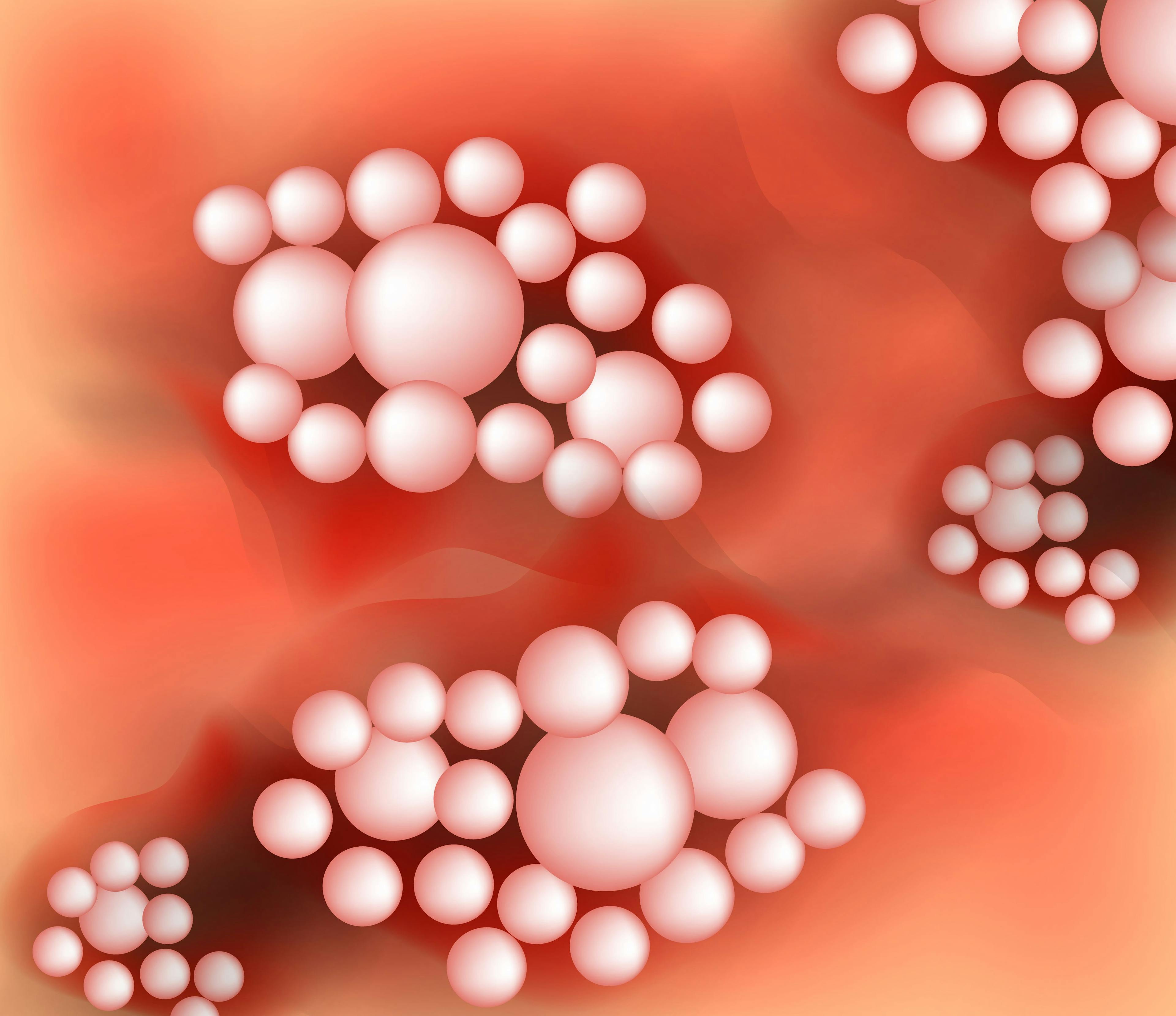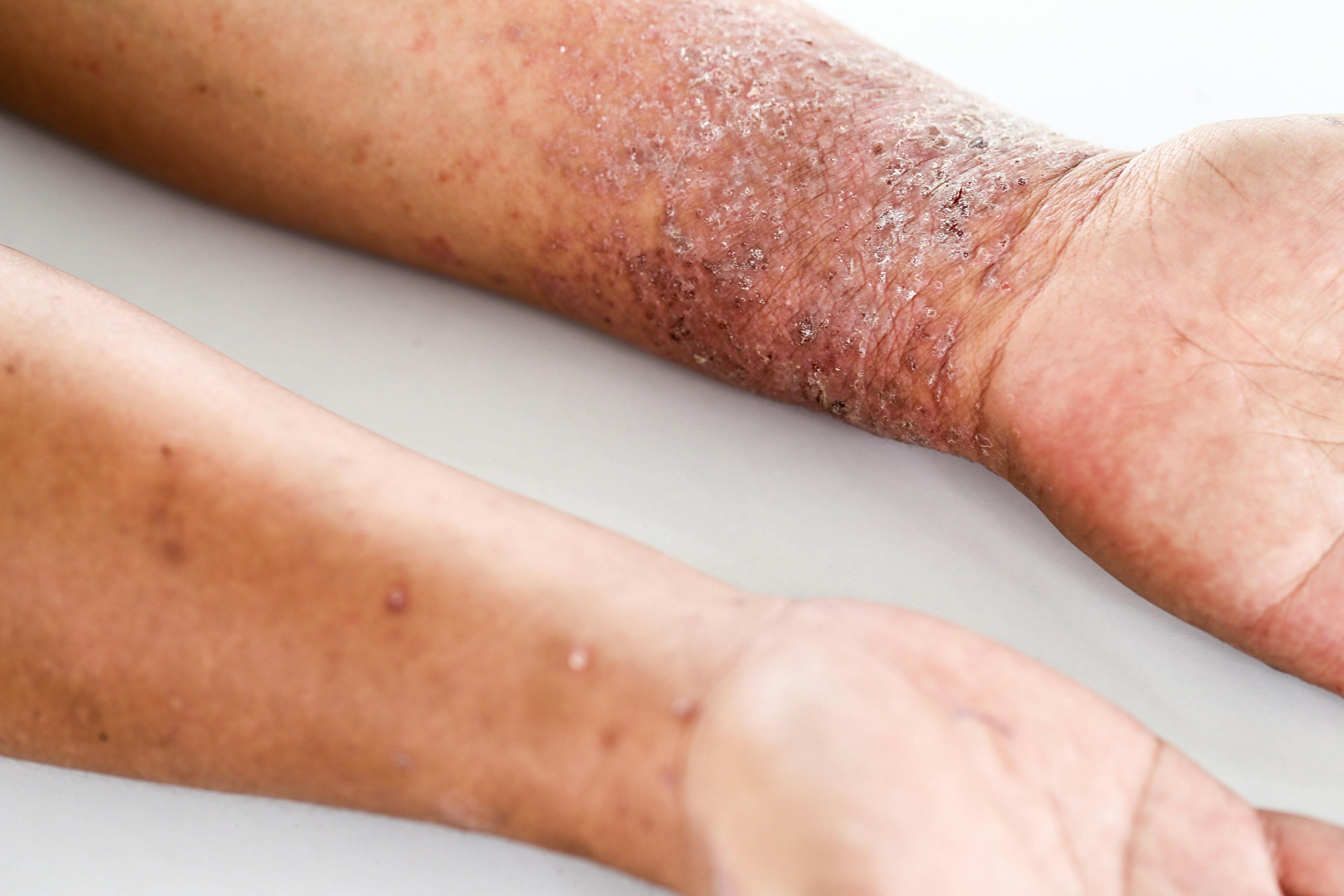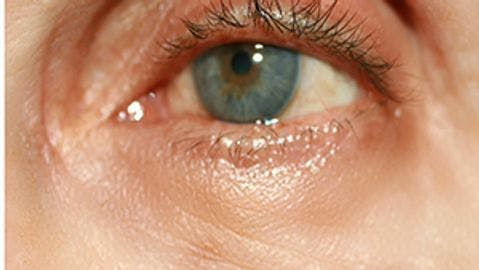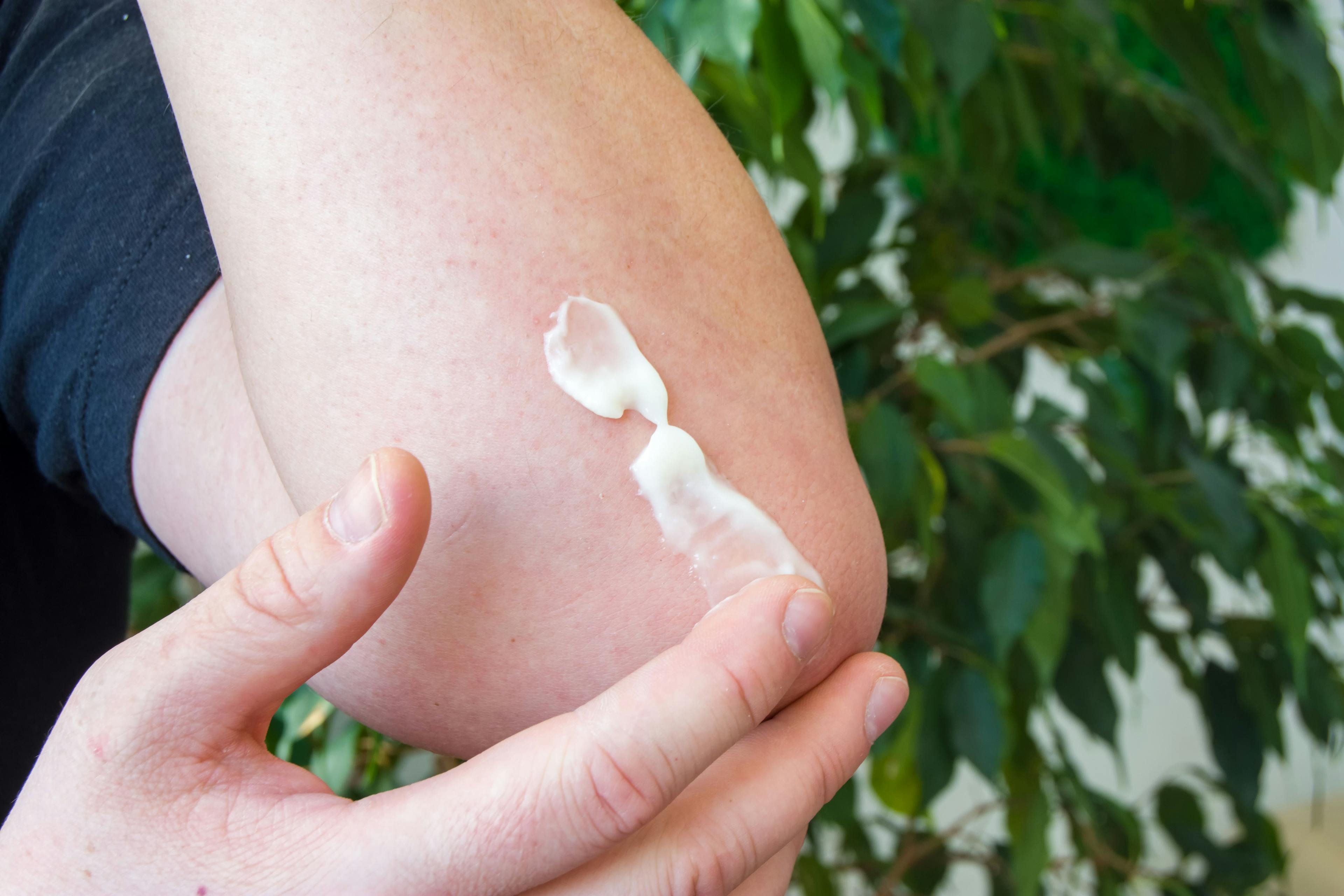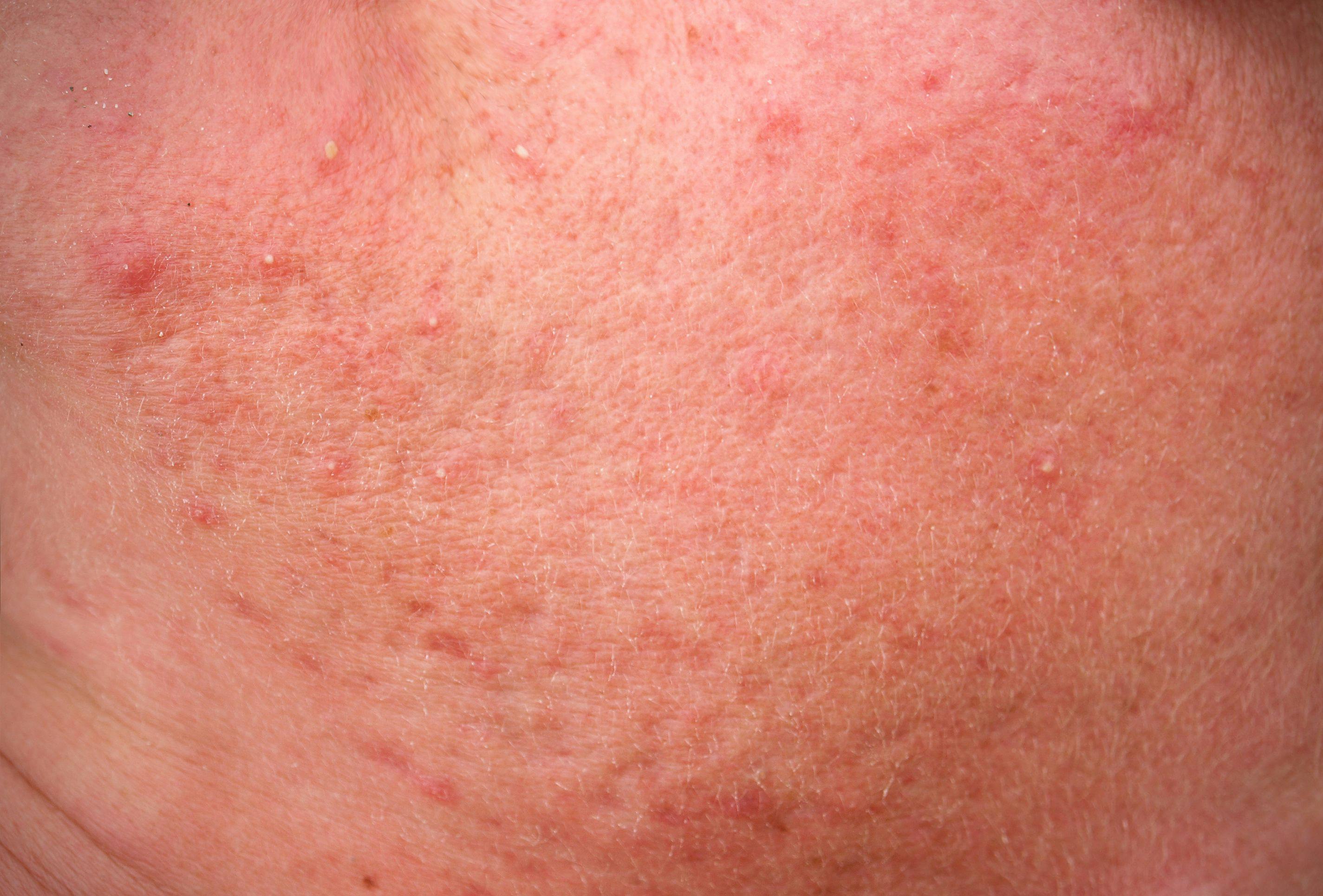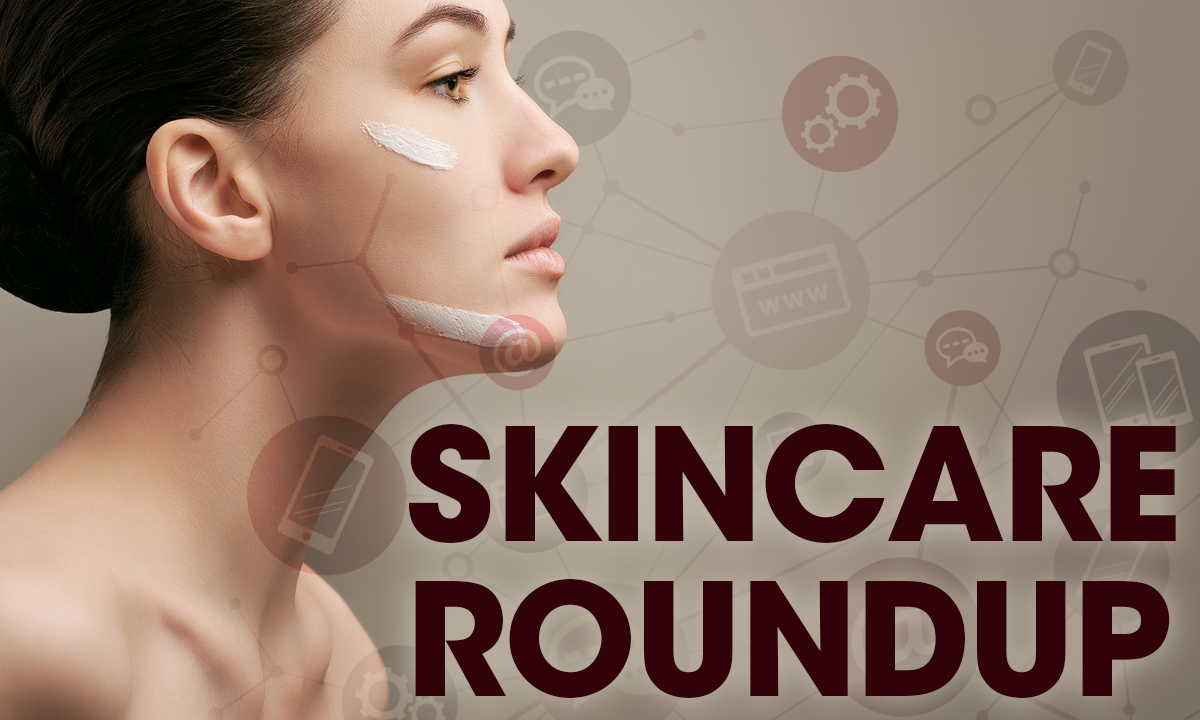- Acne
- Actinic Keratosis
- Aesthetics
- Alopecia
- Atopic Dermatitis
- Buy-and-Bill
- COVID-19
- Case-Based Roundtable
- Chronic Hand Eczema
- Chronic Spontaneous Urticaria
- Drug Watch
- Eczema
- General Dermatology
- Hidradenitis Suppurativa
- Melasma
- NP and PA
- Pediatric Dermatology
- Pigmentary Disorders
- Practice Management
- Precision Medicine and Biologics
- Prurigo Nodularis
- Psoriasis
- Psoriatic Arthritis
- Rare Disease
- Rosacea
- Skin Cancer
- Vitiligo
- Wound Care
Publication
Article
Dermatology Times
Current and Upcoming Topicals in the Pipeline for AD
Author(s):
Dermatologists have a variety of topicals to choose from, but other options are on the horizon to add to this armamentarium.
Topicals are still a mainstay therapy for atopic dermatitis (AD), according to a presentation at the Inaugural Symposium for Inflammatory Skin Disease (SISD), which was held live and virtually April 9-11, 2021.1
Linda Stein Gold, MD, FAAD, director of dermatology clinical research at Henry Ford Health System in Detroit, Michigan, presented on topicals for AD at the meeting, including what is currently available on the market as well as emerging treatments.
WHAT’S AVAILABLE?
In the presentation, Stein Gold said dermatologists can choose from a sizable armamentarium of topicals to treat AD.
Of those topicals, topical corticosteroids (TCS) are still a first-line therapy in AD, according to Stein Gold.
“Topical steroids seem to be the first line of therapy and we can utilize them from different potency classes, from a super potent to a weak steroid,” Stein Gold said. “Typically, we try to get the patients under control using these medications twice a week for about 4 weeks. There is data to show that if we use maintenance therapy twice a week, we can maintain control and decrease the risk of flares.”
However, she added, use of this therapy is limited because TCS cannot be prescribed for an extended period of time and potent products cannot be used on the face or other sensitive areas.
This is where nonsteroidal options come into play. Stein Gold mentioned other topicals that can be used as maintenance therapy and be applied on sensitive areas, including topical calcineurin inhibitors such as pimecrolimus (Elidel; Novartis) and tacrolimus, and phosphodiesterase-4 (PDE4) inhibitors such as crisaborole (Eucrisa; Pfizer).
The FDA in March 2020 approved crisaborole, a 2% nonsteroidal PDE4 inhibitor, to treat patients as young as 3 months.2 The topical was also evaluated in 2 phase 3 trials (AD-301, NCT02118766, and AD-302, NCT02118792) in adults. In AD-301, 32.8% of patients receiving crisaborole 2% achieved the primary end point of an Investigator’s Static Global Assessment (ISGA) score of 0 or 1 and ≥ 2-grade reduction from baseline compared with 25.4% for vehicle. Also, in AD-302, 31.4% of crisaborole patients achieved the primary end point vs 18% for vehicle.3
The study also found an estimated 4% of patients reported adverse effects such as burning or stinging. “It’s important to tell pretty much every patient with any of these drugs that they may get some stinging and burning up front and that doesn’t mean that they’re having an allergic reaction to the drug,” Stein Gold added.
She also mentioned pimecrolimus, a 1% topical immunomodulator, which has been studied for 6 weeks in children and adolescents with mild to moderate AD to evaluate safety and efficacy.4 Patients had to achieve an Investigator Global Assessment (IGA) score of 0 (clear) or 1 (almost clear) but were not required to achieve a 2-grade improvement from baseline to determine efficacy. Investigators found 34.8% of patients achieved clear to clear almost clear compared with 18.4% for vehicle (P < .001).
Tacrolimus 0.1% and 0.03%, another currently available topical immunomodulator, was evaluated in a 12-week clinical study for treatment of AD in adults and pediatric patients.5 In the study, investigators found significantly more patients achieved clinical improvement of 90% or better with tacrolimus 0.03% or 0.1% compared with vehicle.
Results also demonstrated significant improvements in signs and symptoms of AD, percentage of body surface area affected, and the patient’s assessment of pruritus early on during treatment. These outcomes were well maintained during the study.
NEW TOPICALS ON THE HORIZON
Stein Gold said the future is bright for new topicals in the pipeline for AD, some of which will soon be on the market.
Ruxolitinib is a topical selective Janus kinase (JAK)1/JAK2 inhibitor. This nonsteroidal cream has completed multiple phase 3 clinical trials showing a highly statically significant difference as compared to vehicle in 2 different concentrations (0.75% and 1.5%).6 In the TRuE-AD1 study (NCT03745638), 50% of the ruxolitinib 0.75% group and 53.8% of the 1.5% group achieved the primary end point, defined as an IGA score of 0 (clear) or 1 (almost clear) and a 2-grade improvement from baseline, compared with 15.1% for vehicle. In TRuE-AD2 (NCT03745651), 39% of patients treated with ruxolitinib 0.75% and 51.3% treated with 1.5% met the primary endpoint compared to 7.6% for vehicle.
Roflumilast (ARQ-151; Arcutis Biotherapeutics), a once-daily 0.15% and 0.05% topical PDE4 inhibitor, is being investigated in multiple phase 3 clinical trials, INTEGUMENT-1 and -27 and INTEGUMENT-PED.8
INTEGUMENT-1 and -2 will evaluate roflumilast cream 0.15% or vehicle once daily for 4 weeks in patients ages 6 years and older with mild to moderate AD involving ≥ 3% body surface area while INTEGUMENT-PED will investigate roflumilast cream 0.05% or vehicle in patients between the ages of 2 and 5 years.8
“With a similar mechanism of action (MOA) as we saw with crisaborole, this PDE4 inhibitor has shown promise because it is 3 times more potent than other currently available PDE4 inhibitors,” Stein Gold added.
Tapinarof (GSK2894512; Dermavant) is a novel, once-daily, aryl hydrocarbon receptor modulating agent (TAMA), steroid-free 1% and 0.5% topical cream that is also currently undergoing phase 3 trials. In recent phase 2b trials investigators saw a ≥ 75% and ≥ 90% improvement in the Eczema Area and Severity Index (EASI) from baseline (EASI75, EASI90), as well as a mean percentage change in EASI scores, mean change in total severity score, and a mean change in percentage of body surface area (BSA) affected in patients treated with tapinarof 1%.9
TOPICALS VS BIOLOGICS
Comparing topical treatments to biologics for AD, Stein Gold said dupilumab (Dupixent; Sanofi Genzyme and Regeneron Pharmaceuticals) has revolutionized treatment for patients with moderate to severe cases. While she says biologic agents have changed the treatment landscape, she also pointed out that not all patients have moderate to severe disease, and that most patients actually have mild to moderate AD, meaning their disease is more localized and can be treated adequately with topical therapy.
“To be honest, I think all atopic dermatitis patients need some form of topical therapy, but those with the most significant disease are going to need a combination of systemic agents in hand with topicals agents,” Stein Gold said.
Disclosure: Stein Gold reported no relevant or financial disclosures.
References:
1. Stein Gold L. Topical treatments for atopic dermatitis. Presented at: Inaugural Symposium for Inflammatory Skin Disease; April 11, 2021; virtual.
2. FDA OKs crisaborole for use in children as young as 3 months of age. Drug Topics®. March 24,2020. Accessed April 14, 2021. https://www.drugtopics.com/view/fda-oks-crisaborole-use-children-young-3-months-age
3. Paller AS, Tom WL, Lebwohl MG, et al. Efficacy and safety of crisaborole ointment, a novel, nonsteroidal phosphodiesterase 4 (PDE4) inhibitor for the topical treatment of atopic dermatitis (AD) in children and adults. J Am Acad Dermatol. 2016;75(3):494-503.e6. Published correction appears in J Am Acad Dermatol. 2017;76(4):777.
4. Langley RG, Eichenfield LF, Lucky AW, Boguniewicz M, Barbier N, Cherill R. Sustained efficacy and safety of pimecrolimus cream 1% when used long-term (up to 26 weeks) to treat children with atopic dermatitis. Pediatr Dermatol. 200825(3):301-307. doi:10.1111/j.1525-1470.2008.00671.x.
5. Paller A, Eichenfield LF, Leung DY, Stewart D, Appell M. A 12-week study of tacrolimus ointment for the treatment of atopic dermatitis in pediatric patients. J Am Acad Dermatol. 2001;44(suppl 1):S47-57. doi:10.1067/mjd.2001.109813.
6. Incyte announces first presentation of phase 3 data from the TRuE-AD program of ruxolitinib cream at the Revolutionizing Atopic Dermatitis Virtual Symposium. News release. Incyte. April 5, 2020. Accessed April 13, 2021. https://investor.incyte.com/press-releases/press-releases/2020/Incyte-Announces-First-Presentation-of-Phase-3-Data-from-the-TRuE-AD-Program-of-Ruxolitinib-Cream-at-the-Revolutionizing-Atopic-Dermatitis-Virtual-Symposium/default.aspx
7. Arcutis initiates pivotal phase 3 clinical trials evaluating topical roflumilast cream (ARQ-151) as a potential treatment for atopic dermatitis. News release. Arcutis Biotherapeutics. January 13, 2021. Accessed April 13, 2021. https://investors.arcutis.com/news-releases/news-release-details/arcutis-initiates-pivotal-phase-3-clinical-trials-evaluating/
8. Arcutis initiates phase 3 clinical trial of topical roflumilast cream (ARQ-151) as a potential treatment for atopic dermatitis in pediatric patients between the ages of two and five years. News release. Arcutis Biotherapeutics. April 12, 2021. Accessed April 13, 2021. https://investors.arcutis.com/news-releases/news-release-details/arcutis-initiates-phase-3-clinical-trial-topical-roflumilast/
9. Dermavant announces publication in JAAD of secondary efficacy and patient-reported outcomes in phase 2b clinical trial of tapinarof cream for the treatment of atopic dermatitis. News release. Dermavant. June 16, 2020. Accessed April 13, 2021. https://www.dermavant.com/dermavant-announces-publication-in-jaad-of-secondary-efficacy-and-patient-reported-outcomes-in-phase-2b-clinical-trial-of-tapinarof-cream/
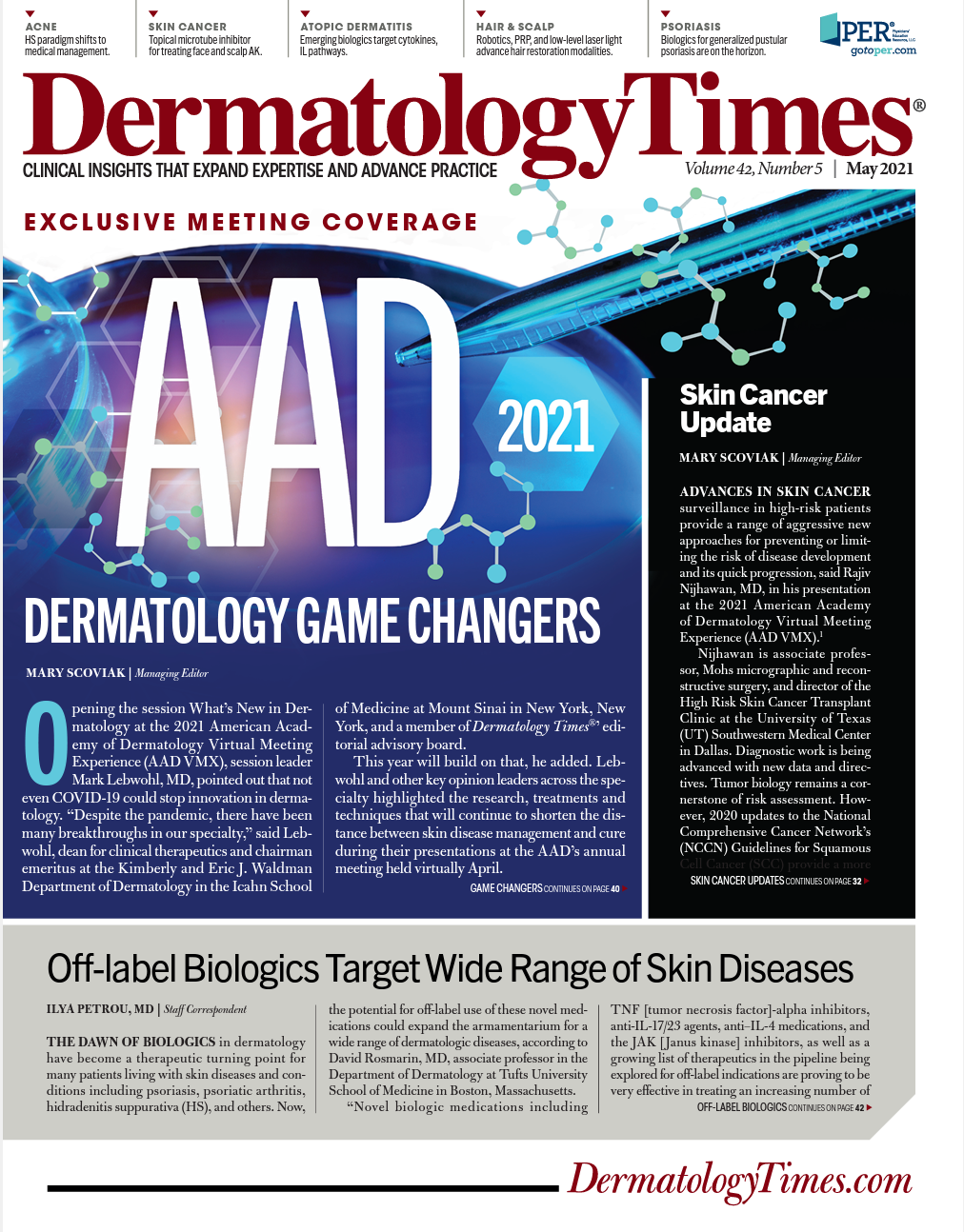
Newsletter
Like what you’re reading? Subscribe to Dermatology Times for weekly updates on therapies, innovations, and real-world practice tips.


